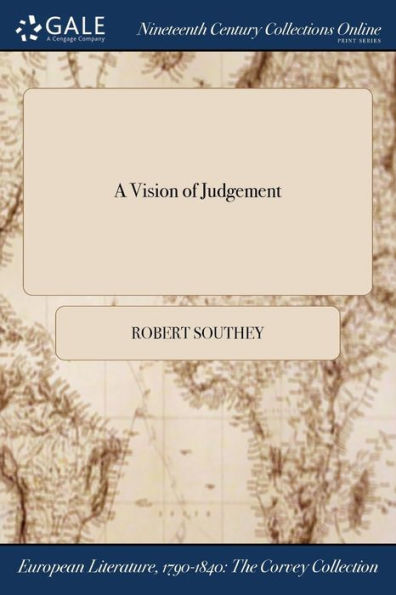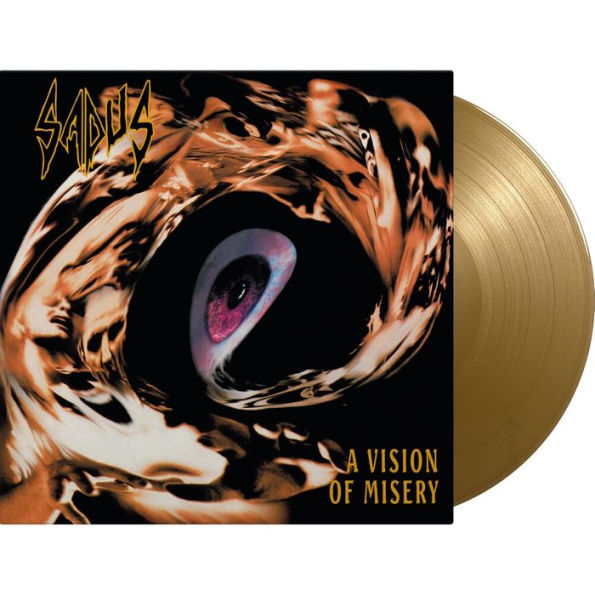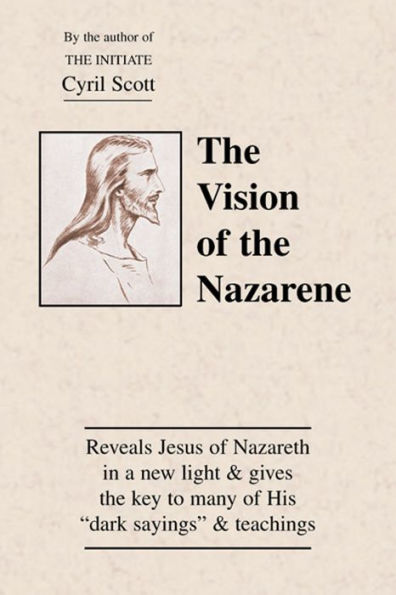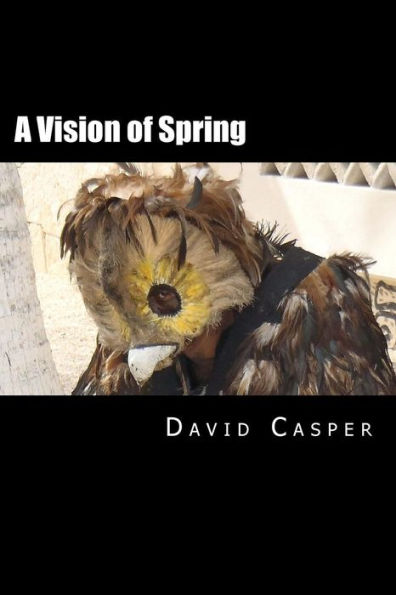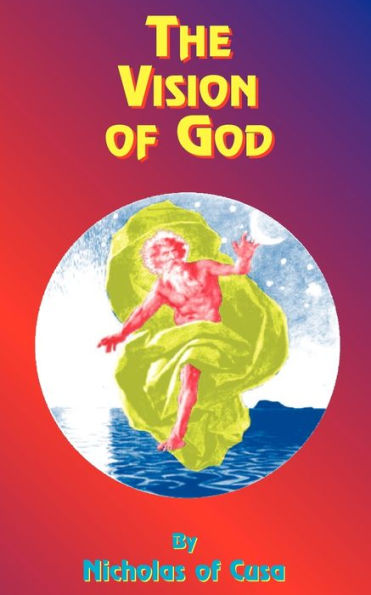Home
Visions of Cody
Barnes and Noble
Loading Inventory...
Visions of Cody in Bloomington, MN
Current price: $30.00


Visions of Cody in Bloomington, MN
Current price: $30.00
Loading Inventory...
Size: Paperback
“To read
On the Road
but not
Visions of Cody
is to take a nice sightseeing tour but to forgo the spectacular rapids of Jack Kerouac’s wildest writings.”—
The New York Times Book Review
“The centerpiece of all [Kerouac’s] novels.”—
The Washington Post
Originally written in 1951–1952,
was an underground classic by the time it was finally published in 1972, three years after Kerouac’s death. Utilizing a radical, experimental form (“the New Journalism fifteen years early,” as Dennis McNally noted in
Desolate Angel
), Kerouac examines his own New York life in a collection of colorful stream-of-consciousness essays. Always transfixed by Neal Cassady—here named Cody Pomeray—along with Allen Ginsberg and William Burroughs, Kerouac also explores the feelings he had for a man who inspired much of his work.
Transcribing taped conversations between members of their group as they took drugs and drank,
reveals an intimate portrait of people caught up in destructive relationships with substances, and one another, capturing the members of the Beat Generation in the years before any label had been affixed to them.
On the Road
but not
Visions of Cody
is to take a nice sightseeing tour but to forgo the spectacular rapids of Jack Kerouac’s wildest writings.”—
The New York Times Book Review
“The centerpiece of all [Kerouac’s] novels.”—
The Washington Post
Originally written in 1951–1952,
was an underground classic by the time it was finally published in 1972, three years after Kerouac’s death. Utilizing a radical, experimental form (“the New Journalism fifteen years early,” as Dennis McNally noted in
Desolate Angel
), Kerouac examines his own New York life in a collection of colorful stream-of-consciousness essays. Always transfixed by Neal Cassady—here named Cody Pomeray—along with Allen Ginsberg and William Burroughs, Kerouac also explores the feelings he had for a man who inspired much of his work.
Transcribing taped conversations between members of their group as they took drugs and drank,
reveals an intimate portrait of people caught up in destructive relationships with substances, and one another, capturing the members of the Beat Generation in the years before any label had been affixed to them.
“To read
On the Road
but not
Visions of Cody
is to take a nice sightseeing tour but to forgo the spectacular rapids of Jack Kerouac’s wildest writings.”—
The New York Times Book Review
“The centerpiece of all [Kerouac’s] novels.”—
The Washington Post
Originally written in 1951–1952,
was an underground classic by the time it was finally published in 1972, three years after Kerouac’s death. Utilizing a radical, experimental form (“the New Journalism fifteen years early,” as Dennis McNally noted in
Desolate Angel
), Kerouac examines his own New York life in a collection of colorful stream-of-consciousness essays. Always transfixed by Neal Cassady—here named Cody Pomeray—along with Allen Ginsberg and William Burroughs, Kerouac also explores the feelings he had for a man who inspired much of his work.
Transcribing taped conversations between members of their group as they took drugs and drank,
reveals an intimate portrait of people caught up in destructive relationships with substances, and one another, capturing the members of the Beat Generation in the years before any label had been affixed to them.
On the Road
but not
Visions of Cody
is to take a nice sightseeing tour but to forgo the spectacular rapids of Jack Kerouac’s wildest writings.”—
The New York Times Book Review
“The centerpiece of all [Kerouac’s] novels.”—
The Washington Post
Originally written in 1951–1952,
was an underground classic by the time it was finally published in 1972, three years after Kerouac’s death. Utilizing a radical, experimental form (“the New Journalism fifteen years early,” as Dennis McNally noted in
Desolate Angel
), Kerouac examines his own New York life in a collection of colorful stream-of-consciousness essays. Always transfixed by Neal Cassady—here named Cody Pomeray—along with Allen Ginsberg and William Burroughs, Kerouac also explores the feelings he had for a man who inspired much of his work.
Transcribing taped conversations between members of their group as they took drugs and drank,
reveals an intimate portrait of people caught up in destructive relationships with substances, and one another, capturing the members of the Beat Generation in the years before any label had been affixed to them.


